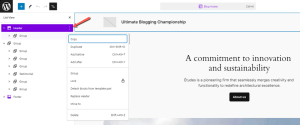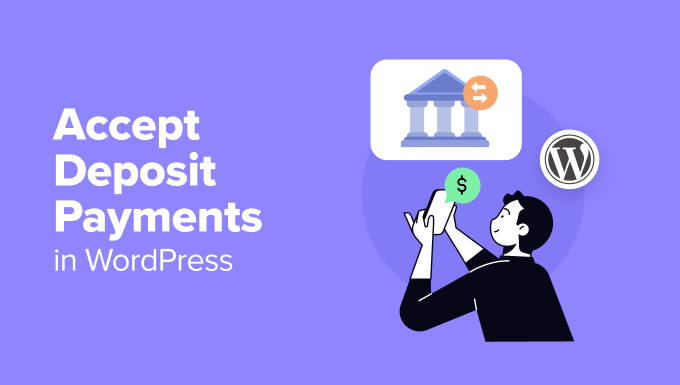You may have started your blog with the sole intention of helping the community by providing much-needed information and answering questions around a given subject, but now you’re thinking you deserve to get some money out of it. Maybe you’re looking for new ways to make a little extra money on the side or you want to convert your business blog into a revenue stream.
I mean, it takes a lot of time to craft quality content for your blogs, not to mention the fees you have to pay to host your blog, buy security certifications, renew domains, and acquire plugins you need, so it makes sense to monetize your efforts.
Affiliate marketing is one of the least costly and most lucrative ways to monetize your blog, and luckily, you don’t have to jump through hoops to make it work for you. All you need is a consistent flow of good traffic to your website and the right strategies to get your circus on the road.
In this post, I’m going to show you some well-worn tactics that you can use to get your affiliate marketing off the ground and dramatically increase the revenue you bring in.
What Is Affiliate Marketing?
Affiliate marketing is a performance/referral-based relationship that involves an affiliate who promotes goods and services on their own platforms on behalf of a merchant or company. Whenever someone buys the advertised product or service using the affiliate’s unique link or tracking code, the affiliate earns a given percentage or flat fee from the transaction.
Let’s say you have a skincare blog, you can partner with skincare companies and aestheticians that have affiliate marketing programs to help them secure more sales opportunities by putting their products and services in front of your audience.

Once you sign up for an affiliate program, you’ll be given a special link or code that helps the companies know from where and whom they can attribute a sale to. You can then link to their offerings in your blog posts, share their banner ads on your site, and even add the links to your newsletters and social media posts.
If someone clicks on those links and ends up purchasing a skincare item from a particular company or booking an appointment with an aesthetician you’re partnered with, you earn an affiliate commission and get paid.
The beauty of affiliate marketing is that it requires low effort, leverages trust, costs little to nothing to set up, and can be done part-time or full-time depending on how much time you can commit to it. Also, the buyer doesn’t bear any extra cost by shopping with your link, the price will remain the same for them no matter what, it’s the merchant or seller that pays your commission.
How to Leverage WordPress for Affiliate Sales
According to Xpose360’s 2021 Affiliate Marketing Trend Report, 63% of merchants have expanded their affiliate marketing budget or diverted funds from other marketing channels into affiliate programs in the last year. About 79% of merchants, 83% of affiliates and 95% of affiliate networks/agents/technologies reported a positive increase in sales from affiliate marketing in 2020.
Affiliate marketing spending is expected to reach $8.2 billion in 2022 in the United States alone, so the question is not whether affiliate marketing works—it clearly does—or if there’s enough room for you—you betcha! The question is how can you earn a generous slice of the affiliate pie?
Here are some highly effective strategies that you can implement to take advantage of affiliate programs and generate substantial revenue via your WordPress site.
1. Know the focus of your website
If you already have a functioning blog, then you probably have a good sense of what your blog is about. You know the niche or industry you’re creating content around or the core subjects your blog is addressing.
However, if you’re still in the process of setting up your blog or being a jack of all trades in terms of the subject matter of your site, the first thing you need to do is figure that out. You can start by referring to your business plan, thinking about your strengths and areas of expertise to see what your goals are and where you can contribute the most.
Think about your passions and find an affiliate category that lines up with it.
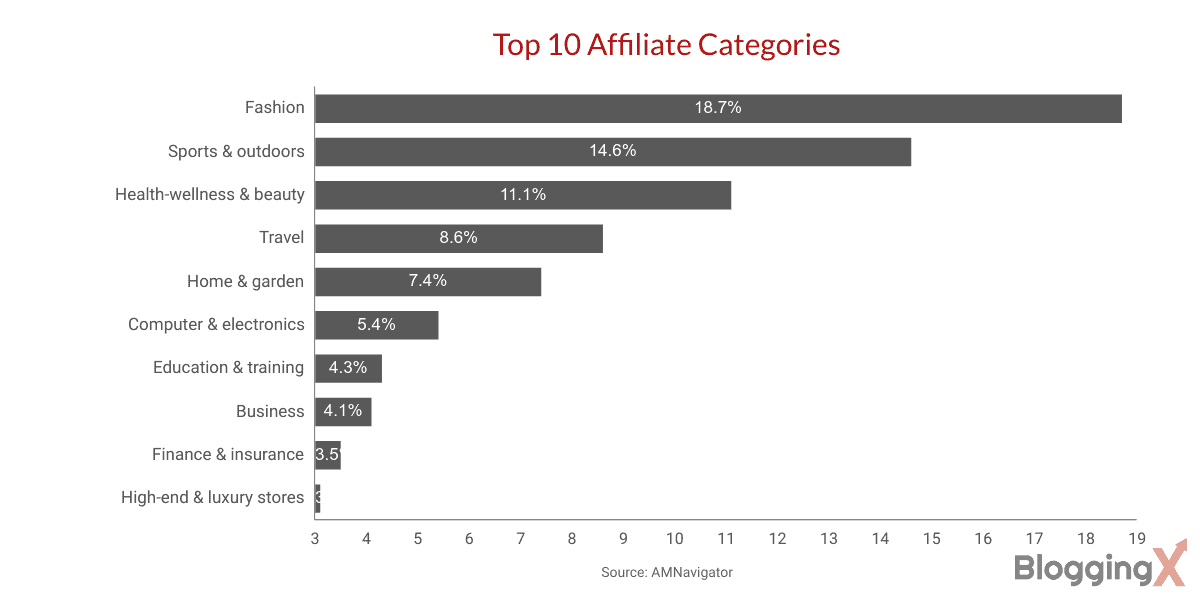
What topics can you easily write dozens and hundreds of blog posts about without running out of steam? Are there interesting services and products in this niche that you can talk about and promote? Are there plenty of affiliate marketing programs available in this niche?
By the time you’re done answering these questions, you’ll have a clearer idea of what the focus of your site should be. Remember the goal is to be a specialist, not a generalist. You’ll have much better luck building and retaining an audience when people know what to expect every time they visit your website.
It’s wise to pick a niche that you’re knowledgeable about because you’ll have to prove to people that you know your onions and are a trustworthy and reliable resource in your field.
When deciding on a focus for your site, bear in mind that some niches are more lucrative and competitive than others. So if your core goal is to turn your blog into a full-time money-making machine, you’ll be better off going with a highly profitable niche like software, travel, cryptocurrency, finance, parenting, dating services, business, ecommerce, health and fitness, and more.
2. Know your audience and the products they want
Your audience won’t be motivated to click your link and buy the products and services you’re selling unless they are beneficial and relevant to them. So when picking merchants to do affiliate marketing for, you need to keep your audience at the back of your mind and ensure the merchant’s offerings are aligned with what they want or need.
You can accomplish this by doing a deep dive into your target market and audience. Try to understand the challenges they’re dealing with, how they feel about these problems, and what products or services can help them resolve these issues.
Think about what interests your audience, what they consider before shopping, potential roadblocks that might prevent them from completing a purchase, then use your content and product positioning to meet their needs and provide solutions to their issues.
The best way to get into your audience’s head is to talk to them and monitor their conversations through surveys, forums, groups, social media, and blog comments.
3. Promote high-quality content
The amount of affiliate sales you generate is dependent on your ability to influence people to click on your affiliate links. Creating excellent content will build your audience’s trust in your message and make them more likely click through and convert.
Just because you’re making money off visitors to your site doesn’t mean you get to create poor, overly-promotional content and shove it in their faces. Focus on educating your audience first by creating content that will be useful to them.
For example, you can create in-depth guides teaching your audience how to use the products or services you’re marketing. Walk them through the process step by step, explain the features in detail, give an honest review accompanied by the pros and cons of each product, then let your audience decide whether it’s the right option for them.
You can even create templates, checklists, videos, ebooks, and comparison posts around the products you’re promoting to increase awareness and push your audience to want to check out the products for themselves. Make your content easy to digest while providing all the information your audience would need to make an informed decision.
For every piece of content you create, ask yourself: does this provide value? Put yourself in the reader’s shoes. Would you be pleased with the information you’ve provided on that topic? Is it engaging, relevant, and authoritative? If the answer is yes, then you’re probably creating valuable content that helps people.
This means your audience will be more likely to take your recommendations seriously and purchase the products you’re promoting because they know you have their best interests at heart, leading to more affiliate sales and commissions for you.
4. Optimize your blog
Producing quality content is only half the battle. You still need to ensure that your content ranks highly on search engines. The way to do this is by optimizing all the elements of your WordPress site that contribute to SEO such as the speed and responsiveness of your website.
You also need to create content that’s relevant to the topic and weave appropriate keywords into your tags, meta descriptions, headers, and body of the content. Conduct keyword research to identify important keywords that people are searching for in your niche, then build evergreen content around them.
Search engines prioritize websites that are well designed, easy to browse, and full of valuable content. Your tags, meta descriptions, and internal links can influence how Google and others see your site so pay special attention to them.
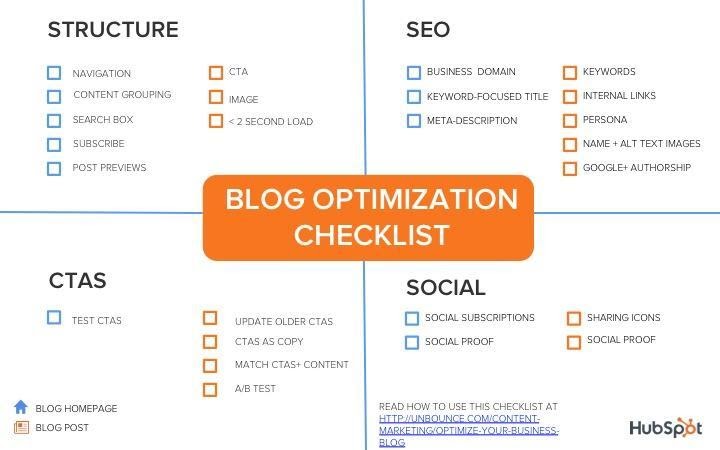
Use structured data and snippets to optimize your blog and add more relevant information to your search results to increase your rankings in the SERPs. Building quality backlinks from external sources to your website can also help improve traffic, brand awareness, and SEO for your blog.
If you’re just starting a blog, it’s better to implement these optimization tips from the get-go, to help you attract more traffic to your site, which will mean more affiliate sales opportunities for you.
Also, you can take advantage of the many SEO plugins for WordPress out there to help you conveniently optimize your blog posts and pages for a higher ranking. One of the best plugins you can use for this purpose is Yoast SEO which allows you to set the keyword, meta description, relevant slugs and optimize your content structure for SEO ranking.
5. Decide which affiliate program you want to use
Now that your blog is optimized and you’ve got quality content to plug affiliate products and services into, it’s time to start looking for the right programs for you. Your choice is very important as it can impact the amount of profit you make and how you are perceived by your audience.
If you promote low-quality items, that can erode your audience’s trust in you, your opinions, and your brand and push them to your competitors. When selecting an affiliate program and searching for products to promote, search for reviews about them from other users and properly examine the terms of the program to make sure they are suitable to you.
There are lots of affiliate networks and marketplaces out there that give you access to thousands of affiliate programs that you can sign up for along with their performance details, pros and cons, and other relevant information.
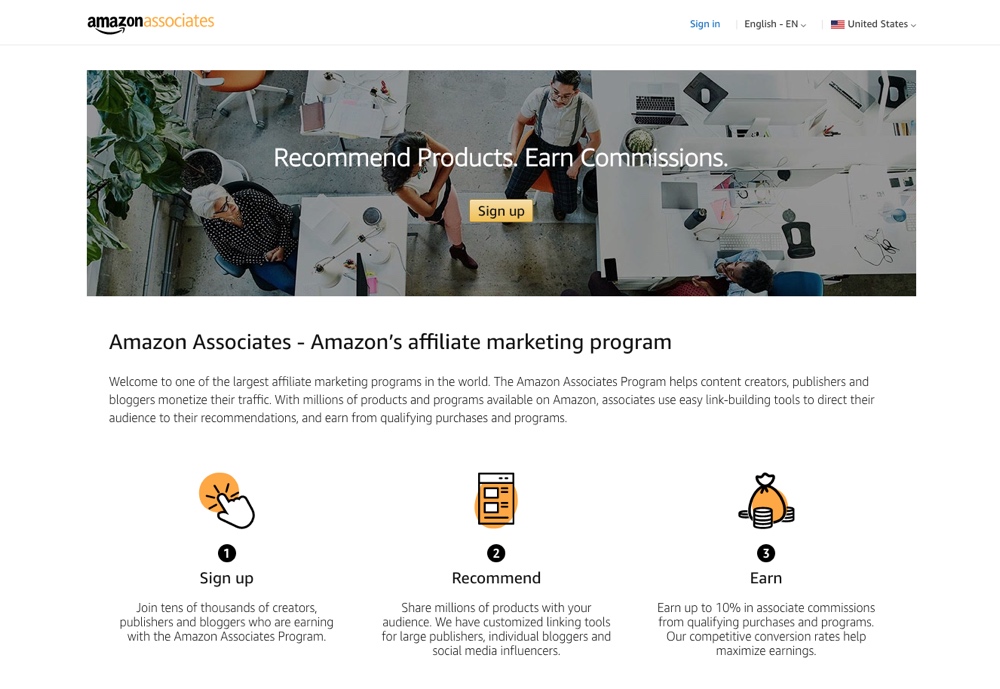
Amazon Associates is an example of a good and popular affiliate program that you can jump on. It can easily be integrated into your WordPress blog without any need for plugins or special developer skills.
The Amazon Associates network allows you to earn commissions by promoting Amazon goods on your website. You can select the products you want to advertise from the avalanche of available items spanning pretty much any niche you can think of.
ShareASale is an alternative affiliate network that’s worth considering. It’s one of the most well known platforms in the market right now thanks to how effectively it simplifies the search for affiliate programs by linking you to tons of merchants.
All you have to do is find merchants whose products and programs align with your business or niche and sign up for them. You can then create links and banner ads or use the ones provided by ShareASale and add them to your blog to begin advertising the products.
Another fantastic example of an affiliate network that you can join and start receiving commissions on sales is ClickBank. Like Amazon, ClickBank is primarily an online marketplace where people can purchase and sell all kinds of items.
ClickBank’s affiliate service lets you monetize your blog traffic by promoting the company’s products. There’s a vast range of products and affiliate partners to pick from so you’re likely to find ones that go with your niche and preferences.
6. Use affiliate tools on your WordPress blog
When you’re just starting out, managing your affiliates on your own might come easy. But if you’re serious about growing your affiliate marketing business and generating good revenue from it, it’s important to invest in tools that can streamline and speed up your processes.
You’re in spectacularly good hands if you’re running your affiliate marketing blog on WordPress because the platform offers many great tools and plugins that you can use to manage, monitor, and grow your affiliate programs.

For example, Thirsty Affiliates is a plugin that helps you easily find and incorporate affiliate links into your pages and posts, then organize and manage them from your WordPress dashboard. You can even use it to convert long URLs into shorter links and track the performance of your links and campaigns.

Pretty Links offers similar features, but it shines best as a tool for optimizing, managing, and sharing your affiliate links. It also comes in handy if you’re thinking about kicking off or expanding your link-building efforts to boost your website’s reach and ranking.

Another notable affiliate tool for WordPress is Thrive Leads. This plugin comes in handy when you need to generate links and build your mailing list. This will enable you to advertise your affiliate products and entice your audience to click on your links rather than simply scrolling past it.
Some core features to keep in mind when shopping for affiliate marketing tools include the ability to:
- Easily and quickly add affiliate links
- Track the performance of your affiliates
- Organize and manage links within your dashboard
- Create ads and popups to market affiliate products and services
- Track clicks on your affiliate CTA buttons
- Create and modify shareable links for use on social media, email, etc
7. Monitor performance
How many people are clicking on your affiliate links? Are these clicks resulting in sales? Tracking how your affiliate campaigns are faring will help you answer these questions and refine your strategy to ensure your efforts are yielding results.
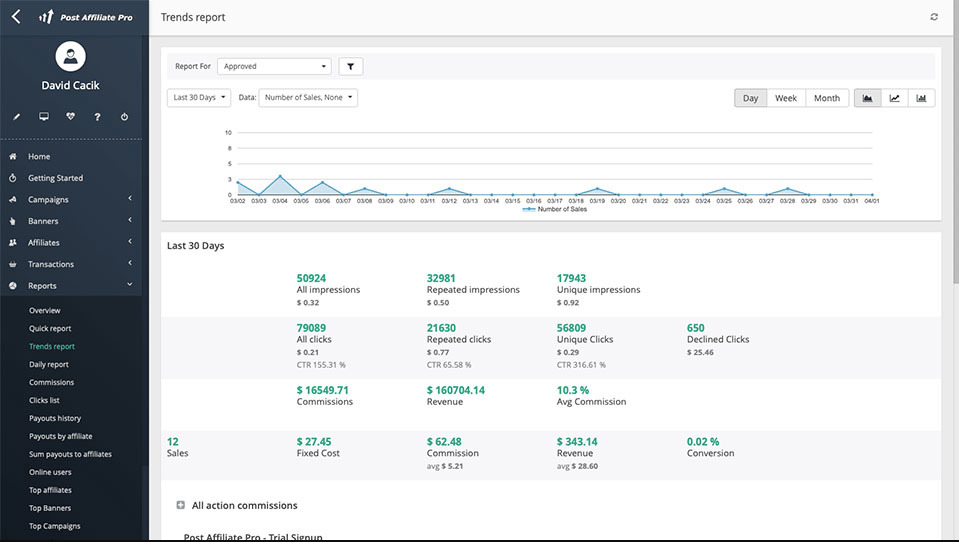
To properly measure the effectiveness of your affiliate marketing activities, avoid getting sucked in by vanity metrics and keep your eyes on the KPIs and numbers that matter such as conversion rate, click-through rate, revenue by traffic source, and average time spent on page.
These metrics will let you know which affiliate campaign is performing excellently, which one needs tinkering, and which campaign isn’t generating any tangible results. Armed with this information, you can revise your approach to maximize performance and boost sales.
Keep in mind that you might not hit an affiliate jackpot right out of the gate. You might need to try out different partnerships and programs and switch up your tactics now and again before you land on something that works well.
It’s a sprint, not a marathon
Affiliating marketing can be a profitable venture, but you cannot treat it like a get-rich scheme. You’re not going to start making thousands of dollars in sales the very next day. You need to give your strategies time to work, keep engaging your audience, and learning from your results as you go.
Concentrate on helping your audience solve their problems first so they’ll be encouraged to take that extra step, click on your link, and help you earn commissions easily.





